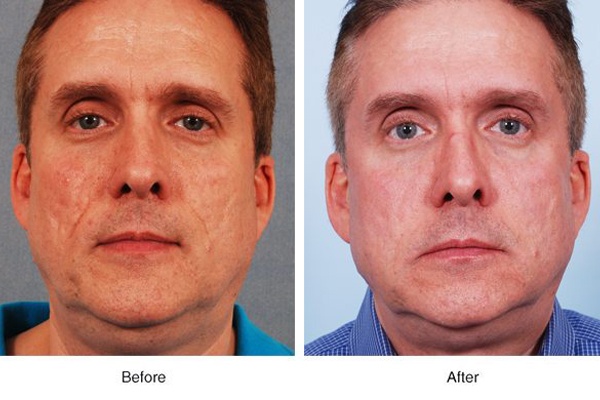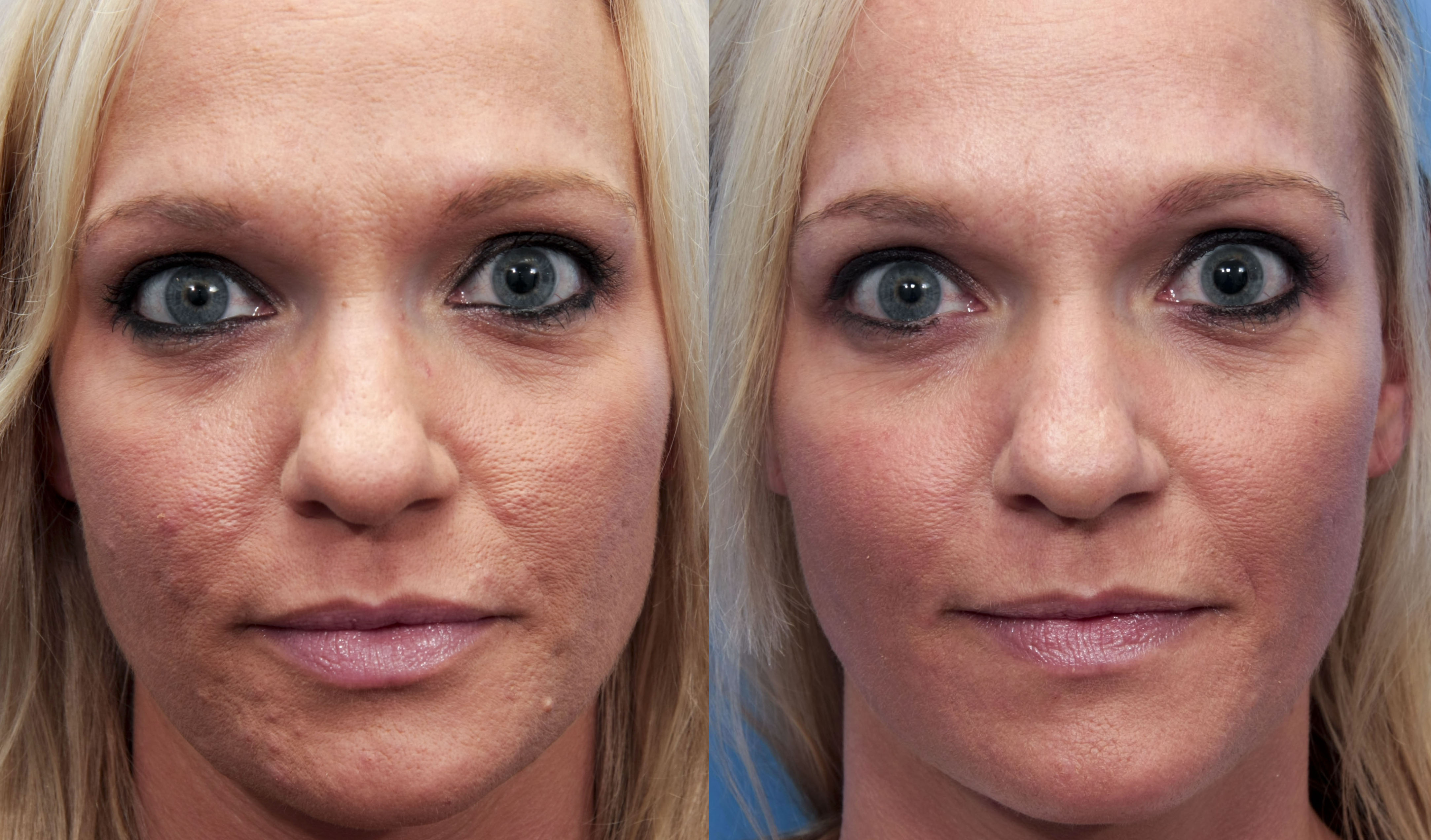Comprehensive Acne and Acne Scars Treatment: Achieve a Remarkable Complexion
Comprehensive Acne and Acne Scars Treatment: Achieve a Remarkable Complexion
Blog Article
Comprehending the Numerous Skin Conditions and Effective Treatment Options for Acne Scars
Acne scars represent a complex interplay of skin disease that significantly impact people' self-confidence and overall skin health. Comprehending the distinctive sorts of acne marks-- hypertrophic and atrophic-- alongside their underlying causes, is essential for determining reliable treatment strategies. Numerous therapeutic choices exist, ranging from innovative dermatological procedures to all-natural solutions. Nevertheless, the effectiveness of these treatments commonly rests on customized analyses by qualified experts. As we explore the landscape of acne mark monitoring, it becomes noticeable that the trip toward more clear skin may include more than simply topical services.
Types of Acne Scars
The two key categories of acne scars are hypertrophic and atrophic marks. These scars are more categorized into three subtypes: ice choice scars, which are deep and slim; boxcar marks, which are larger and have well-defined edges; and rolling marks, which develop a wave-like look due to uneven skin texture.
On the other hand, hypertrophic marks arise from an overflow of collagen during the healing procedure, resulting in increased locations on the skin. These marks are typically firm and can vary in color, sometimes showing up red or darker than the bordering skin.

Root Causes Of Acne Scarring
Marking takes place as an outcome of the body's all-natural healing action to inflammation and injury triggered by acne sores. When acne types, it sets off an inflammatory reaction, leading to the launch of various cytokines and development aspects that promote recovery. This process can often lead to too much tissue development or insufficient repair service, resulting in marks.
The primary reasons for acne scarring consist of the extent of the acne itself, duration of the lesions, and private skin kinds. Extreme inflammatory acne, such as nodules and cysts, is most likely to lead to scarring as a result of deeper tissue damages. Furthermore, inappropriate handling of acne lesions, such as squeezing or choosing, can aggravate cells injury and swelling, raising the probability of scarring.
Genetic proneness likewise plays a considerable role; individuals with a family background of scarring go to a greater threat. Additionally, skin type and color can affect mark formation, as darker skin tones may experience post-inflammatory hyperpigmentation, while lighter skin may develop atrophic scars.

Therapy Options for Scarring
Effective therapy options for acne scarring vary depending upon the type and severity of the scars. Normally classified into atrophic, hypertrophic, and keloid marks, these problems need customized methods for optimal outcomes.
For atrophic scars, which are identified by a loss of cells, therapies such as chemical peels, microdermabrasion, and laser treatment are commonly employed. These techniques advertise skin revival and promote collagen production, thereby improving skin texture. Subcision, a minimally intrusive treatment, can likewise work by separating fibrous bands beneath the skin.
Keloid and hypertrophic marks can be much more testing to treat. Options consist of corticosteroid injections to lower swelling and squash the scars. acne treatment for sensitive skin. In many cases, cryotherapy or laser therapy may be suggested to decrease their appearance
Surgical options are offered for extreme scarring, where excision or skin grafting might be necessary. It's essential for people to talk to a dermatologist to examine their particular mark type and discuss the most appropriate therapy strategy. Combining several therapies typically generates the ideal results, making sure that each individual's one-of-a-kind skin problem is resolved successfully.
Natural Home Remedy and Natural Solutions
Natural options my site and home solutions can supply an available technique for people looking for to boost the look of acne scars. Various components discovered in the home cooking area have actually shown prospective advantages in enhancing skin appearance and advertising healing.
Applying fresh aloe vera gel directly onto the scars can assist improve skin hydration and decrease inflammation. Honey has natural anti-bacterial and moisturizing high qualities that can aid in mark healing.
One more reliable alternative is lemon juice, which functions as a natural exfoliant and can lighten hyperpigmentation. Nevertheless, it should be made use of meticulously, as it may trigger photosensitivity. Oat meal masks are additionally useful; their mild exfoliation can help remove dead skin cells while comforting irritation.
Important oils, such as tea tree oil and lavender oil, can further support scar recovery as a result of their antimicrobial residential properties. It is crucial to execute a patch test before applying any kind of treatment to make certain there are no adverse responses. These all-natural remedies can be a complementary method in the trip to decrease acne marks.
Protecting Against Future Scarring
Embracing an aggressive method to skin care can dramatically minimize the threat of establishing future acne scars. Among the essential approaches is to take care of acne properly as it occurs (acne treatment for sensitive skin). This involves utilizing non-comedogenic skincare items and medications suggested by dermatologists that target acne without aggravating the skin. Routine cleaning, exfoliation, and hydration can assist keep skin health and wellness and stop stopped up pores.
In addition, avoiding the temptation to pick or press acne sores is critical, as this can result in inflammation and subsequent scarring. Instead, individuals ought to focus on applying topical treatments that promote recovery and decrease inflammation. Components such as salicylic acid, benzoyl peroxide, and retinoids are recognized for their effectiveness in taking care of acne and reducing marks.

Finally, preserving a healthy diet regimen abundant in antioxidants and remaining hydrated assistances skin regeneration. By applying these safety nets, people can considerably decrease their threat of future scarring and advertise overall skin health and wellness.
Verdict
To conclude, a thorough understanding of acne marks, incorporating both atrophic and hypertrophic kinds, is essential for efficient therapy methods. Tailored treatments, including expert treatments and home remedies, can dramatically enhance skin appearance and texture. Safety nets likewise play a vital function in Clicking Here reducing future scarring. Appointment with a dermatologist stays vital to develop customized approaches that consider private skin types and mark extent, eventually improving the efficacy view publisher site of scar monitoring strategies.
Acne scars represent an intricate interplay of skin problems that dramatically effect people' self-worth and general skin wellness. The 2 main classifications of acne marks are atrophic and hypertrophic marks. These scars are further identified right into 3 subtypes: ice choice scars, which are deep and narrow; boxcar scars, which are broader and have well-defined edges; and rolling scars, which produce a wave-like appearance due to unequal skin appearance.
An extensive assessment with a skin specialist can aid determine the most proper treatment, taking right into account the individual's skin type, scar intensity, and general skin health.
Consultation with a dermatologist stays important to create customized methods that take into consideration individual skin types and mark seriousness, ultimately improving the efficacy of mark administration techniques.
Report this page